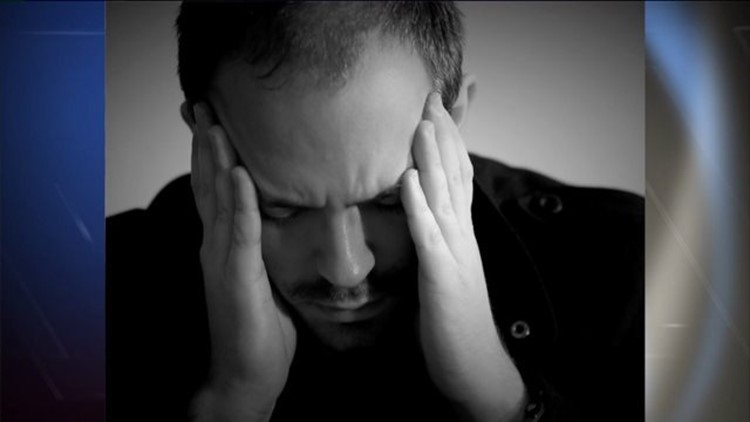SAD is triggered by changes in the availability of sunlight. With decreased exposure to sunlight, the internal biological clock that regulates mood, sleep, and hormones is shifted. Exposure to light may reset the biological clock.
Experts aren't sure what causes SAD. But they think it may be caused by a lack of sunlight. Lack of light may:
- Upset your "biological clock," which controls your sleep-wake pattern and other circadian rhythms.
- Cause problems with serotonin, a brain chemical that affects mood.
You may need to have blood tests to rule out other conditions that can cause similar symptoms, such as low thyroid (hypothyroidism).
Your doctor may also do a mental health assessment to get a better idea of how you feel and how well you are able to think, reason, and remember.
Treatment for seasonal affective disorder may include light therapy, medications and psychotherapy.
In light therapy, you sit a few feet from a special light therapy box so that you're exposed to bright light. Light therapy mimics natural outdoor light and appears to cause a change in brain chemicals linked to mood.
Light therapy is one of the first line treatments for SAD. It generally starts working in a few days to two weeks.
Talk with your doctor about which light box is the best one for you, and familiarize yourself with the variety of features and options so that you buy a high-quality product that's safe and effective.
Some people with SAD benefit from antidepressant treatment, especially if symptoms are severe.
An extended-release version of antidepressants may help prevent depressive episodes in people with a history of SAD. Other antidepressants also may commonly be used to treat SAD.
If you have a history of SAD, sometimes starting treatment with an antidepressant before symptoms typically begin each year may be one approach.
It may take several weeks to notice full benefits from an antidepressant.
Psychotherapy, also called talk therapy, is another option to treat SAD. Psychotherapy can help:
- Identify and change negative thoughts and behaviors that may be making you feel worse
- Learn healthy ways to cope with SAD
- Learn how to manage stress
Some things you can do to combat the symptoms of S.A.D.:
- Make your environment sunnier and brighter. Open blinds, trim tree branches that block sunlight. Sit closer to bright windows while at home or in the office.
- Get outside. Take a long walk or simply sit on a bench and soak up the sun. Even on cold or cloudy days, outdoor light can help — especially if you spend some time outside within two hours of getting up in the morning.
- Exercise regularly. Exercise and other types of physical activity help relieve stress and anxiety, both of which can increase SAD symptoms. Being more fit can make you feel better about yourself, too, which can lift your mood.
Dr. Craig Allen; Chief Medical Officer, Rushford Medical Center



